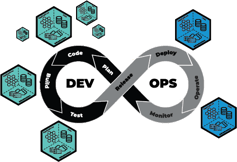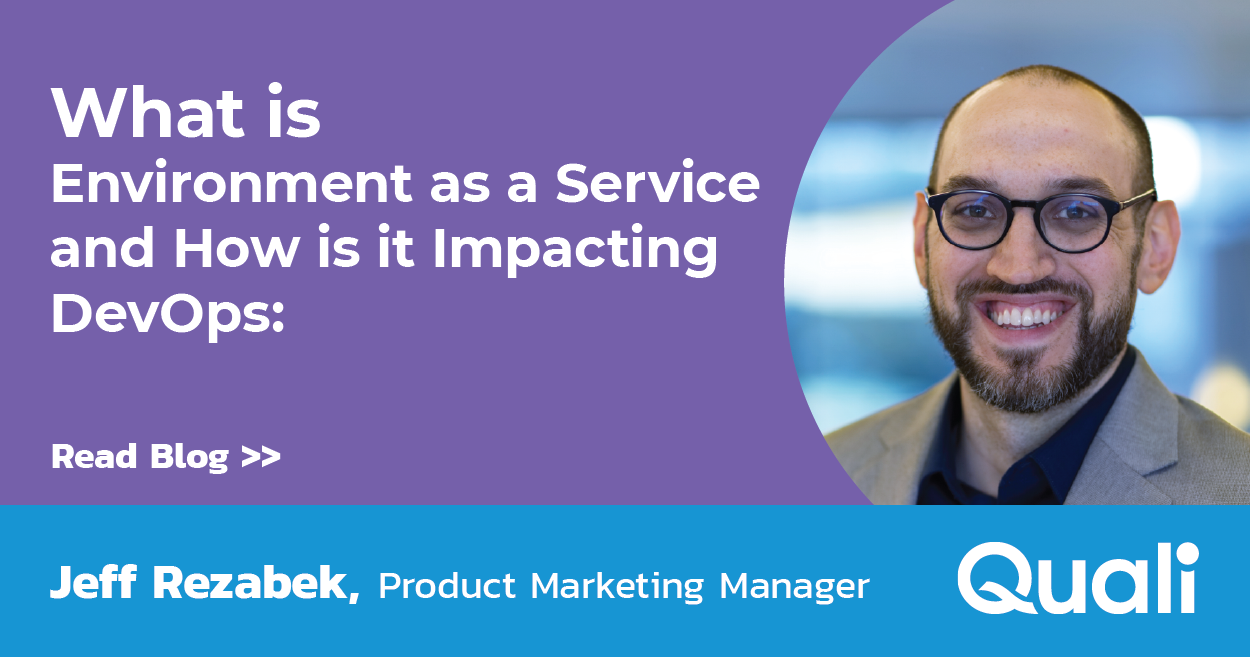Applications are driving business agility and revenue streams. DevOps-focused organizations taking part in this digital transformation are tasked with providing their teams with application environments to support rapid development, testing, and deployment. Unfortunately, setting up and sharing the application environments that your teams need is time-consuming, difficult to troubleshoot, hard to scale, and full of hidden costs. This created the need for Environments as a Service solutions to scale DevOps processes.

Environment as a Service (EaaS) solutions help users define applications together with their infrastructure and data requirements and make them accessible and mobile, so they can be consumed seamlessly by any process. The aim of EaaS is to eliminate the application environment bottleneck and enable faster innovation at scale.
3 Ways to Scale DevOps with Environment as a Service
1. Gain Cloud Choice
In today’s fast-moving market, businesses thrive on their application’s agility. However, the consequences of cloud lock-in and the fear of losing control over the application’s data and infrastructure limits a business’s ability to fully benefit from the cloud, which could impact profits, productivity, and time to market.
Using Environment as a Services solutions, you gain the ability to create one standardized blueprint that can be used to call on any of your available cloud resources, whether it’s AWS, Azure, or Kubernetes, to achieve a multi-cloud approach to your DevOps initiative.
2. Establish Environment Automation
With the rise of agile development and DevOps principles came the new challenge of supplying your development, testing, and production teams with the complex environments that they need to do their job and advance the application. However, the security and level of complexity that was built into your production environment aren’t always carried down to the testing and development environments that have a shorter shelf-life than the production environments. The larger the deviation from the production environment, the greater the chance of exposing vulnerabilities in production.
As the pressure to innovate faster increases, your teams will need more frequent access to production-like environments to develop, test, deploy your applications quickly.
By creating a standard, automated environment using an Environment as a Service tool, you can give your distributed teams the self-service ability to spin-up and decommission the environments on-demand, which can accelerate time to market.
3. Manage Environment Consumption
Cloud providers make it easy to add more cloud resources to help you scale when needed. However, the lack of visibility into resource utilization, cloud spend, and more makes it difficult to manage your environments efficiently. Through the Environment as a Service features like auto-tagging and role-based access control, you can gain the critical insight you need to manage environment consumption, reduce cloud sprawl, and accurately plan for future resource needs.
Want to scale your DevOps initiative 3x? Download our “Buyer’s Guide To Scaling DevOps” to learn more about what it takes to scale DevOps using an EaaS tool.





